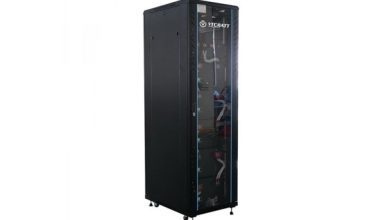How effective are solar panels at reducing carbon emissions?

Reducing your emissions with solar panels
Solar panels are promoted as one of the key ways in which households and businesses can reduce their carbon footprint. Generating renewable energy, they reduce the reliance of users on the National Grid, meaning fewer fossil fuels need to be burned to power the nation. But how effective are they really at lowering our emissions on both a small and large scale?
How efficient are solar panels?
Most solar photovoltaic (PV) systems designed for domestic use are between 15-20% efficient. This may not seem like much, but is plenty to power home appliances. In the past decade, efficiency has increased, meaning newer installations are better at converting sunlight into electricity. Some systems may reach 25% efficiency on the warmest, clearest days. It’s advisable to check the potential efficiency of your system with your solar PV installers before investing.
When it comes to reducing emissions, homes with solar panels are not contributing to global emissions levels during daylight hours. Those with solar battery storage are doing even better, since they are less reliant on energy from the grid even after dark.
What about solar farms?
In October 2022, Columbia University published an article that suggests solar panels can reduce a greater amount of emissions per acre than trees and corn ethanol. The article states that when solar panels are installed on areas of land to generate power – which reduces the need for natural gas – they will save the planet between 175-198 metric tons of carbon dioxide per year. In comparison, it’s estimated that the average acre of forest sequesters 0.84 metric tons of carbon dioxide each year. As such, solar panels are 208-236 times more efficient than trees when it comes to reducing emissions.
Concerns have been raised around clearing land for solar farms, but the university article argues that any carbon released is offset quickly. According to the article, an average forest contains 81 metric tons of carbon, comprising 297 metric tons of carbon dioxide. If all of it was released to convert the land to a solar farm, the emissions would be offset within two years. Moreover, if the land was also used for crops, it serves a dual purpose and can both boost income for farmers and improve crop yields.
Solar panels and corn ethanol
In the United States in particular, over a third of all corn is grown not for human consumption or animal feed, but to produce ethanol. According to a study published in the journal, Proceedings of the National Academy of Science (PNAS), corn ethanol has fueled the progress of climate change by increasing the use of fertilisers, contributing to water pollution and generating greenhouse gases.
As such, replacing corn grown for ethanol production with solar panels could dramatically reduce emissions. An analysis by UK-based Carbon Brief stated that a hectare of solar panels would deliver between 48-112 times greater driving distance when used to charge an electric vehicle than the space could deliver if it was used to grow biofuels for cars.
Conclusion
Far from exacerbating climate change and robbing the western world of its farmland, solar panels could prove a valuable solution when used large-scale as well as domestically. If you’re looking for a domestic or commercial solar PV specialist in Kent, be sure to contact an MCS-certified provider for the best quality results.





